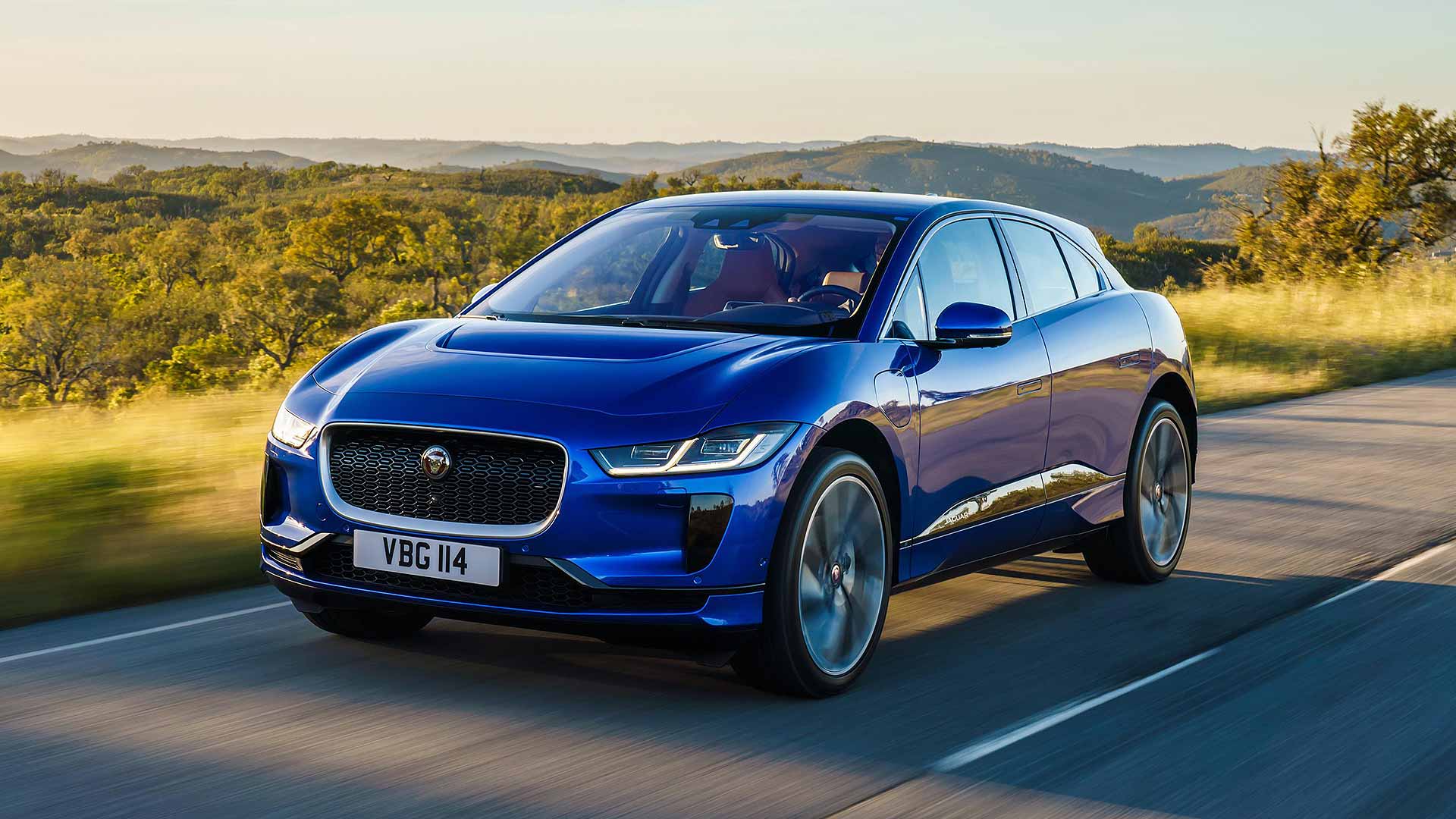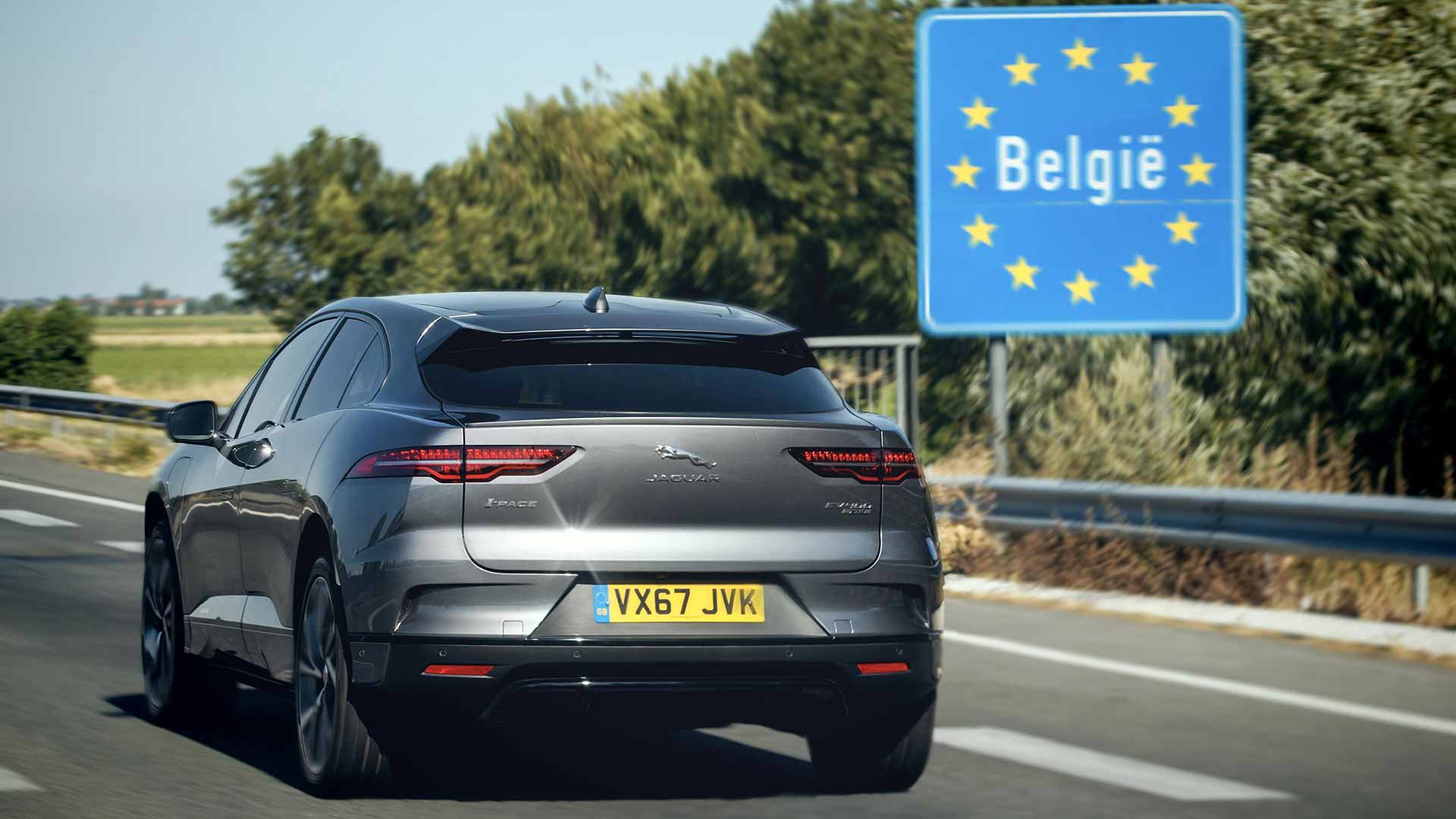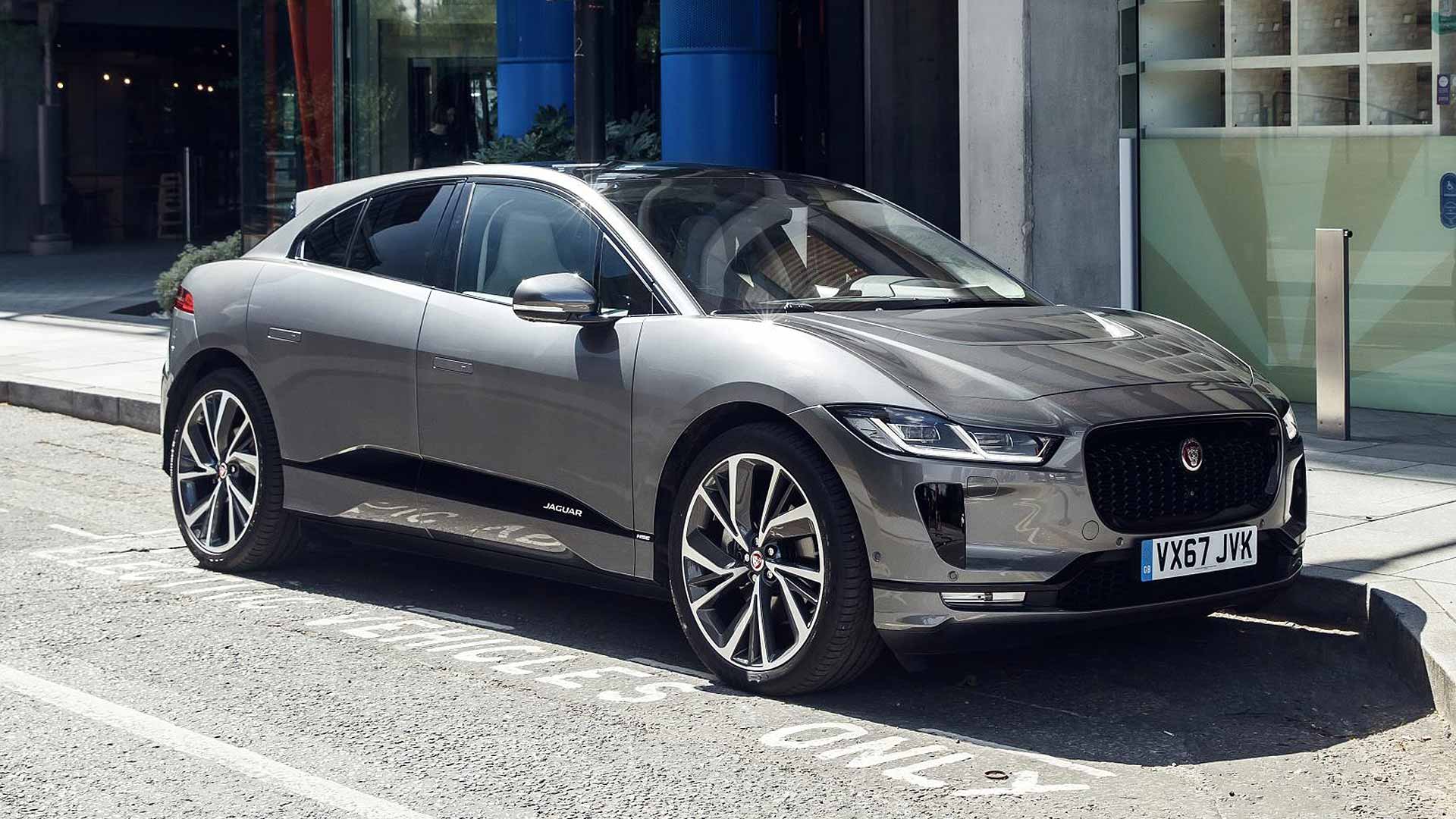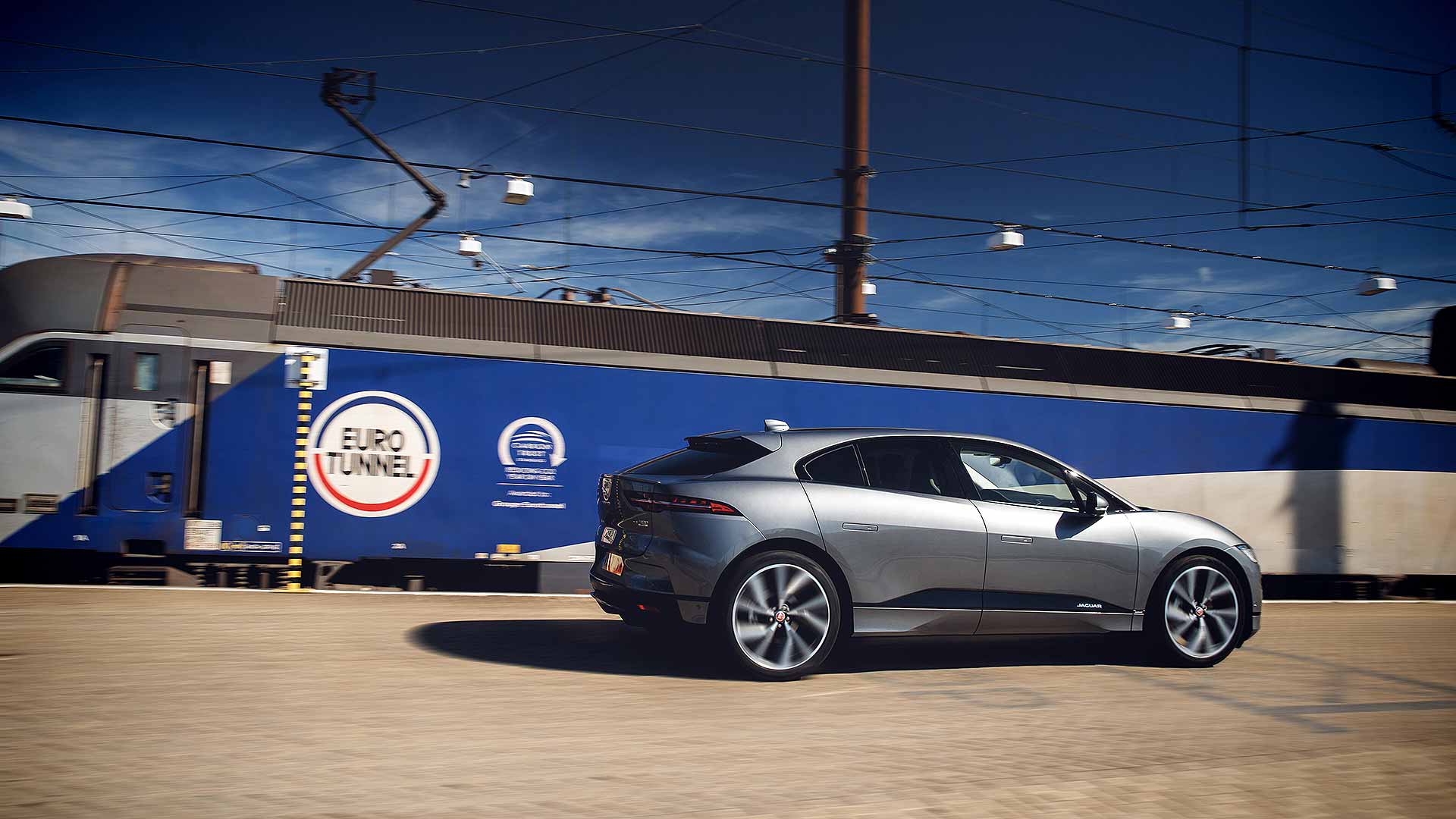
The UK Foreign Office has announced plans to switch diplomats into all-electric or hybrid cars as part of a drive to make it the “greenest diplomatic service in the world”.
Diplomats all around the world will quickly start switching to low- or zero-emission cars, with the global fleet becoming all-electric by 2030.
UK embassies in Oslo and Holy See have already replaced their cars. 30 other UK posts have cars on order and will receive their new green motors by April 2020.

The all-electric Jaguar I-Pace is going to feature heavily in the Foreign Office green fleet plans.
All embassies will also have fast-chargers installed.

“Climate change is the greatest challenge of our time,” said Foreign Office permanent under-secretary Sir Simon McDonald.
“Our fleet of flag cars is a high-profile tool for demonstrating the UK’s international leadership on climate change diplomacy.

“I want us to be the greenest diplomatic service in the world. Shifting our vehicles away from petrol to all-electric will help us achieve this.”
The Foreign Office also plans to extend the use of solar energy on its buildings, and eliminate single-use plastics across all global posts.
This measure by the UK diplomatic service is only “green” in countries like France where the electricity supply comes from nuclear power stations, or Denmark where a lot of the electricity supply is generated by wind power.
But in most countries of the world, the electricity supply is generated by engines which burn fossil fuels, typically coal, natural gas, or diesel oil. From a “green” point of view, you might as well burn the fossil fuel yourself – under the hood of your own car.
However, I haven’t looked into the costs. Vehicle fuel is highly taxed. The revenue from vehicle fuel tax goes towards road maintenance – which is why our roads are far better than (say) America (where car fuel tax is low). Maybe electricity is cheaper energy than car fuel? But if everyone were to swap to battery-powered cars, how would the government fund highway maintenance?